Sapa should be on top of your list when trekking in Vietnam. The northern region is well-known for its breathtaking landscapes, rice fields on hillsides, and diversified ethnic culture. A trekking tour Sapa leads you into the heart of Vietnam’s natural beauty and this is not a trip that is easily forgotten. YESD is a socially responsible travel company that offers in-depth trekking tour Sapa. It ensures travelers not only see picturesque views but also experience engagement with the local community for the development of sustainable tourism. We are about to delve into everything from the best routes one can make in Sapa to what one needs to take along on the journey.
Introduction to Trekking Tour Sapa
What is a Trekking Tour?A trekking tour means a going adventure usually with the participation of long-distance walks over varied terrains, normally in remote or mountain areas. In Sapa, such treks take visitors through scenic valleys, indigenous villages, and lush landscapes into deep communion with the environment and local culture.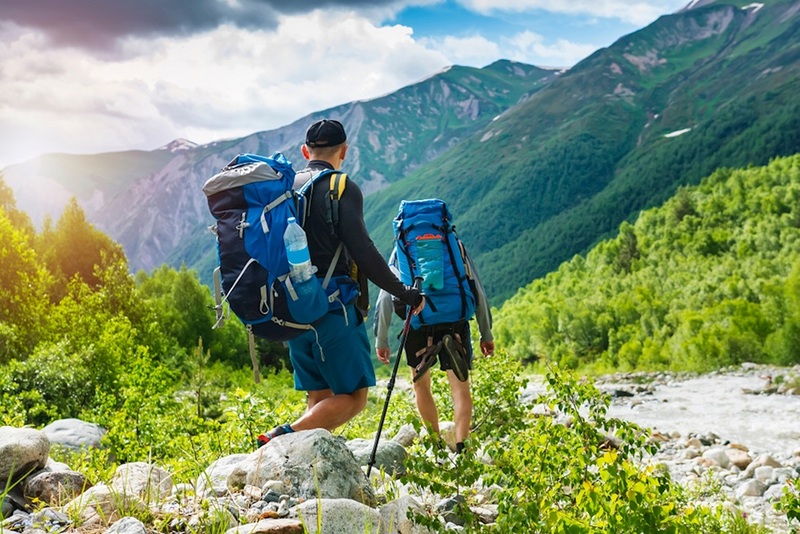
Trekking in Northern Vietnam
Why Sapa is a Top Destination for TrekkingSapa is a small town of the province of Lao Cai, Northern Vietnam, widely famous for its breathtaking rice terraces, lush mountains, and colorful ethnic minority tribes. Its topography and climate provide the region with good conditions to make a trekking tour Sapa in easy or complicated routes. From light and easy walks through village paths to challenging hikes up Fansipan Mountain-the highest summit of Indochina-Sapa has all options available.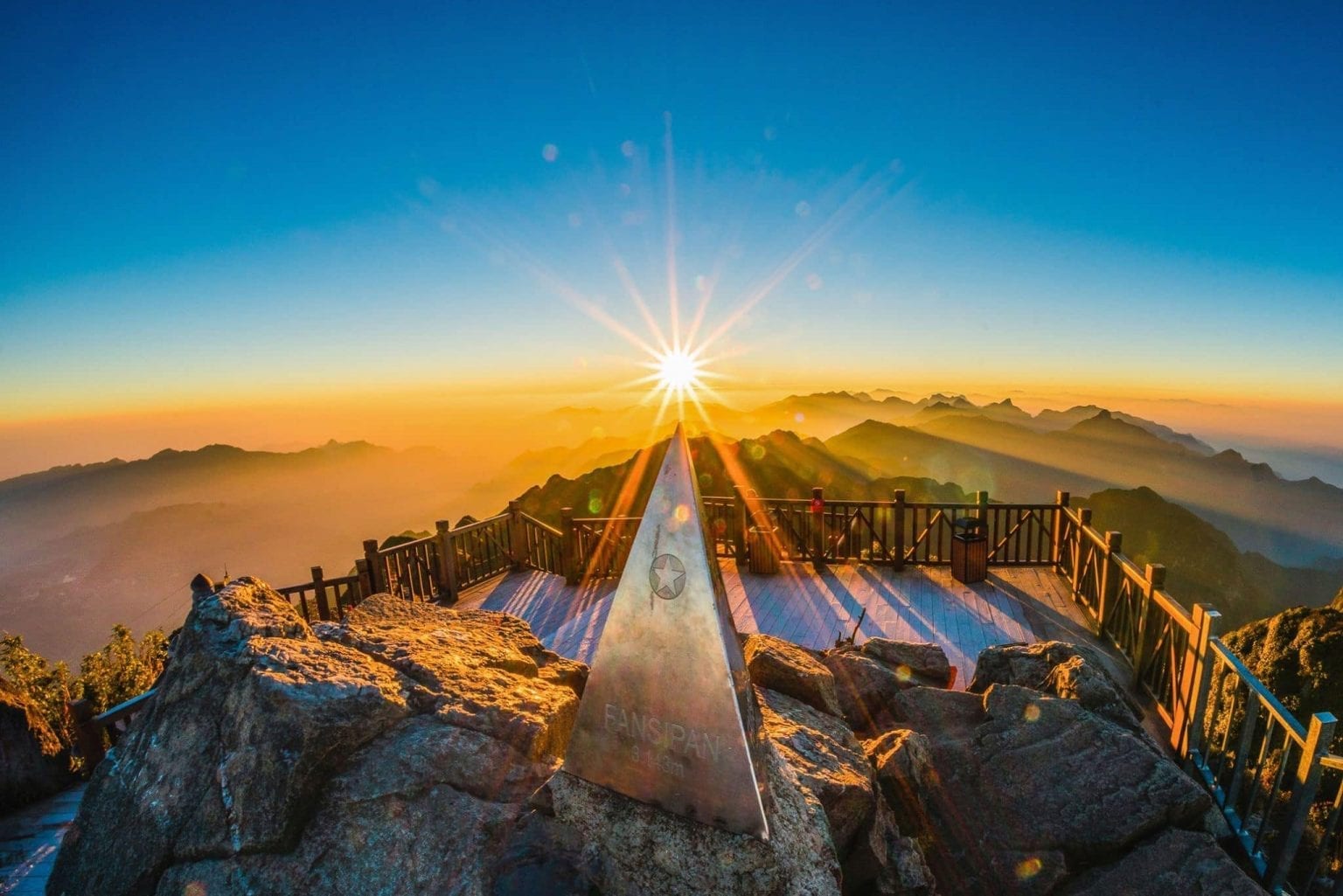
Fansipan
Brief History and Culture of SapaOriginally established as a hill station during the French colonial period, Sapa has long been a place of respite and adventure. Today, it is a hub of cultural exploration where travelers can meet members of the Hmong, Dao, and Tay ethnic groups that call this rugged region home. Many trekking tour Sapa offer special opportunities to meet such communities, learn about their traditions, and contribute to their economy.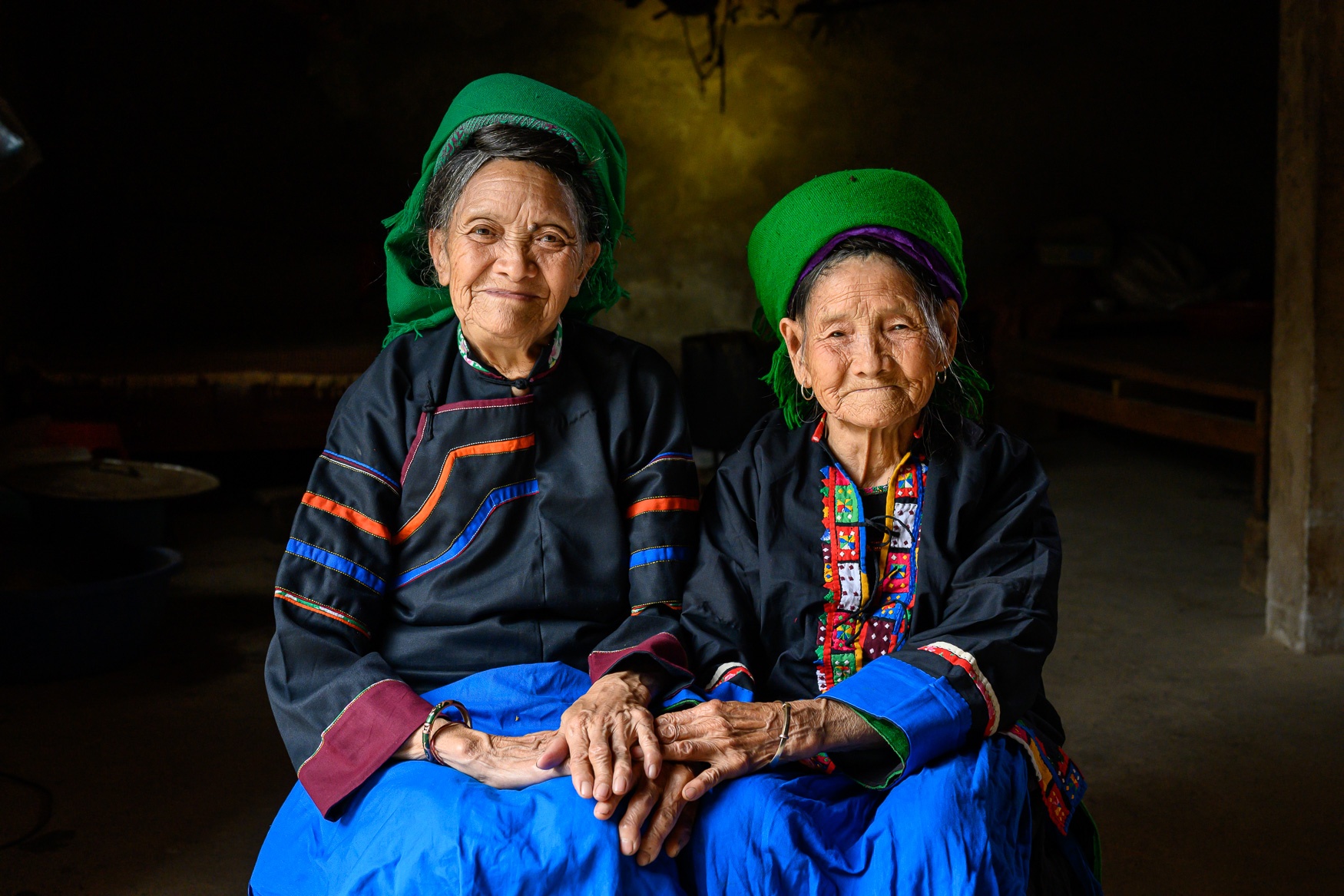
Ethnic people in Vietnam
Best Time to Visit Sapa for Trekking Tours
Climate and Seasons in Sapa
Sapa has four distinct seasons, each offering different trekking experiences. And the weather can be so different between the time of year that planning your trip should be done accordingly.
– Spring (March to May): Mild temperatures and clear skies mark this season. It is one of the perfect times for trekking tour Sapa. Blossoming flowers and lush landscapes offer perfect scenes for photography.
– Summer : This is in the wet season of the country, but is the time when the fields are most verdant. The terraced fields make for dramatic vistas. Expect occasional rain showers.
– Autumn (September to November): This is the peak season because, with generally cooler temperatures and the rice in harvest, trekking is at its best.
– Winter-December to February: During this time, Sapa gets cold, and the temperature even drops to freezing at times. There is rare snowfall for two days, and that itself is an added charm for enthusiastic trekkers.
When is the Peak Trekking Season?
The best times to go on trekking tour Sapa are from September to November and from March to May. In these months, the weather is unbeatable; there is little rain and the temperature is just right, making the trails accessible and the scenery most dramatic.Off-Season Trekking Benefits
The best weather is during the peak season, but summer and winter, considered off-seasons, can also be very fulfilling times to go on a trek. You will hardly find any tourists, and you are able to get much closer to nature and the people living here. Besides, most tour programs related to trekking cost less during the off-season and thus are very affordable.Planning Your Trekking Tour Sapa
Essential Preparations Before the TrekBefore embarking on any trekking tour Sapa, there are a few basic things you’ll want to take into consideration:- Physical Fitness: Trekking in Sapa encompasses steep climbs and long distances hence making an average degree of fitness necessary. Train yourself with shorter hikes before your trip.
- Permits and Fees: Many routes will require permits, in particular if you’re trekking in any of the protected areas or around Fansipan Mountain. This your trekking company usually can handle.
- Guide Services: A local guide is highly recommended, not only for navigation of the trails, but also for knowledge of the rich history and culture of the region.
- Cat Cat Village Route: A short and easy walk that leads to a traditional Hmong village, ideal for beginners
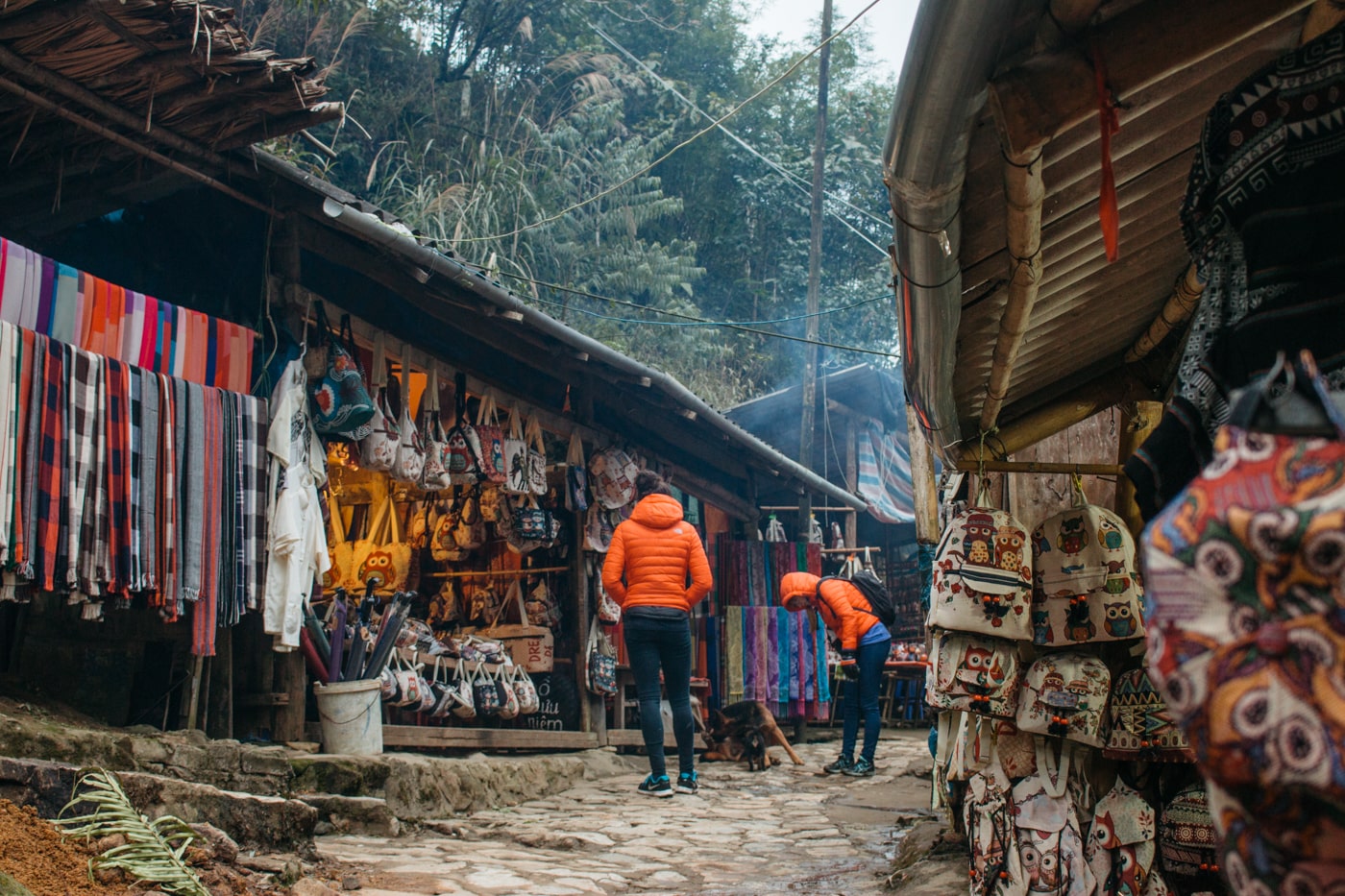
Cat Cat Village
- Lao Chai to Ta Van Trek: The average trek which would make you pass through the terraced rice fields and deep into remote villages-ideal for cultural immersion.
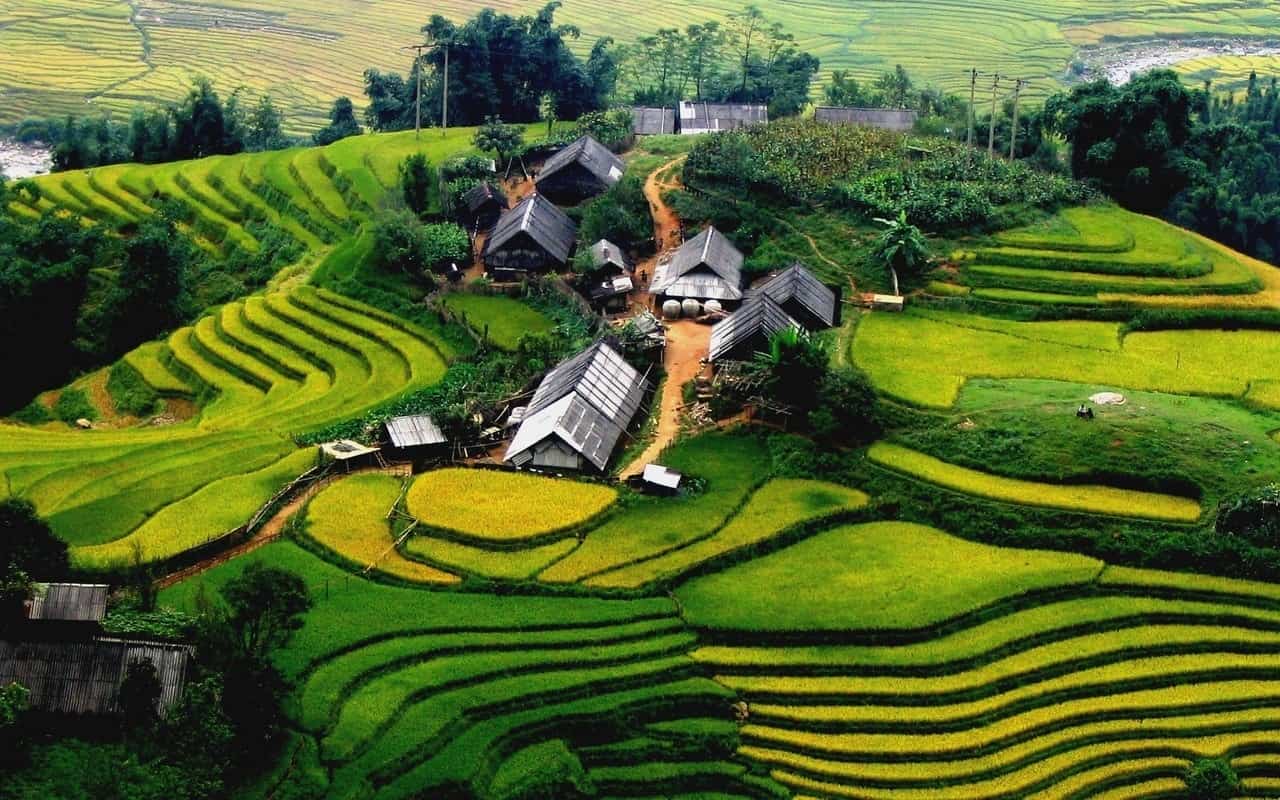
Lao Chai Village
- Fansipan Mountain Trek: This route is the most challenging in Sapa and takes you to the highest peak of Indochina. Recommended for advanced trekkers only.
- Half-Day Treks: Perfect for those limited in time, or as an initial participation
- Full-Day Treks: For travelers wanting to get a little further afield without an overnight.
- Multi-Day Treks: These represent the ultimate in adventure-cum-trekking programs with overnight stays in homestays or campsites for complete exposure to the beauty of Sapa.
